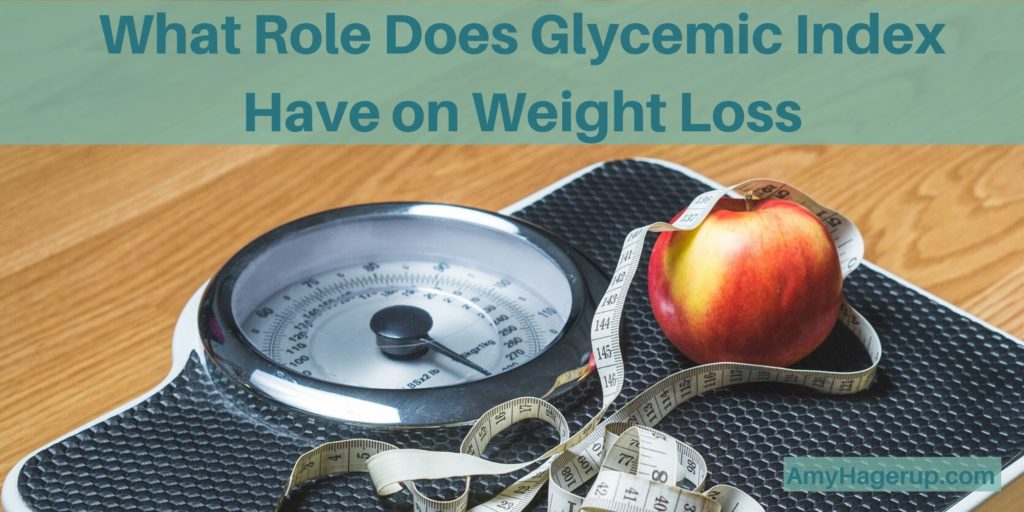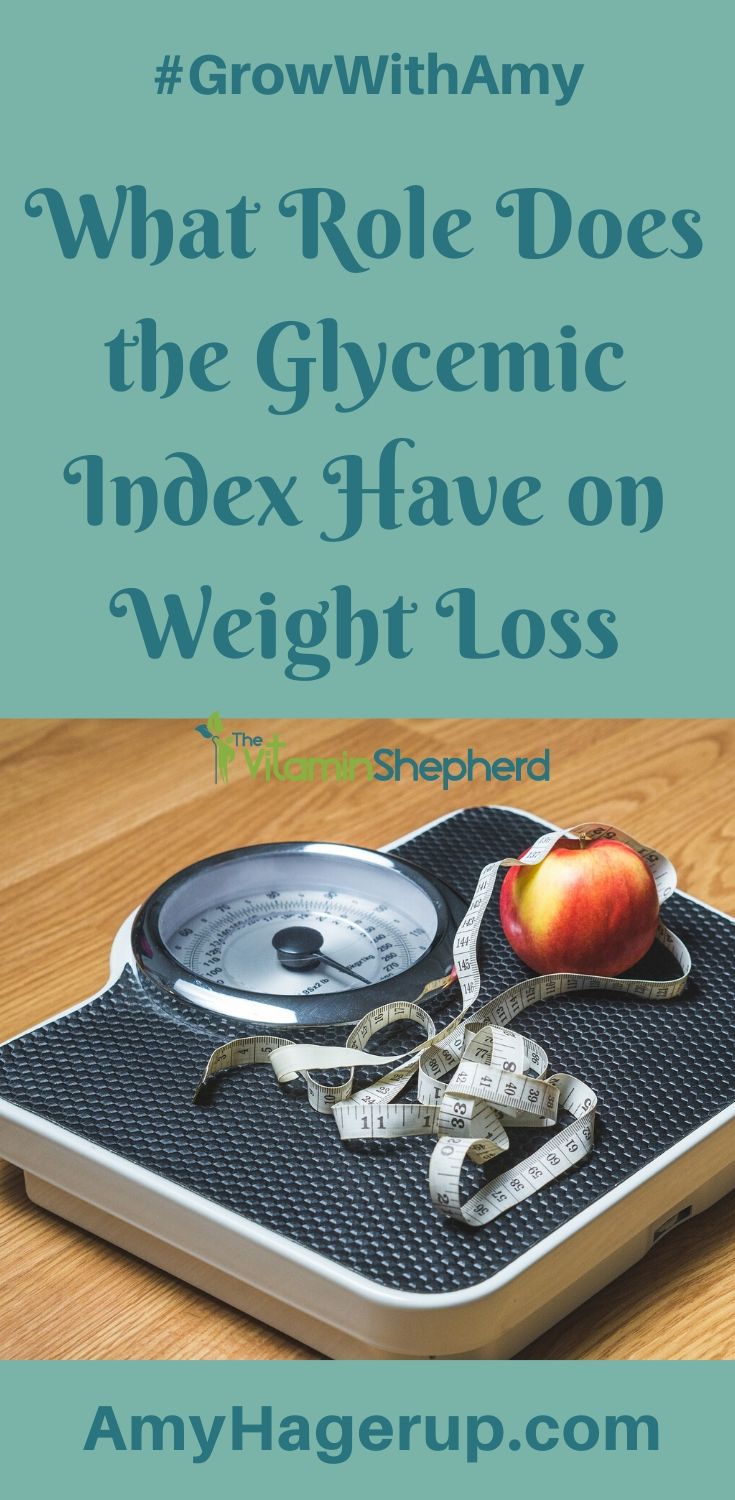What Role Does the Glycemic Index Have on Weight Loss?
Category: Weight Management

Ever wonder what impact the glycemic index has on weight loss?
What exactly is the glycemic index anyway?
In a nutshell, the glycemic index measures how foods affect your blood sugar levels.
Disclosure: This post may contain affiliate links. See full disclosure here.
The glycemic index (GI) is a guide to help you realize the rate at which different carbohydrates and other foods break down to release sugar into the bloodstream.
The GI assigns a numeric value between 1 to 100 (where pure glucose has the value of 100) to how quickly blood sugar rises after consuming carbohydrates.
Any sugars or carbohydrates that are digested rapidly also raise blood sugar quickly.
These include foods like white bread, white rice, instant potatoes, pumpkins, waffles – those types of foods. Such high glycemic foods have a gylcemic index of 70 or higher.
Conversely, if foods containing carbohydrates are digested slowly and so release sugar gradually into the bloodstream, they will have a glycemic index of 55 or lower.
Low glycemic foods include most fruits and vegetables, peas, lentils, bran, sweet potatoes, and others like these.
Here’s the rub: food that cause the blood sugar to rise more steadily result in blood sugar levels being stabilized for longer periods of time. With blood sugar levels stabilized for longer periods of time, you have a feeling of well-being.
Also, low glycemic foods cause the releasing of satiety hormones in the small intestines and that means you remain satisfied for longer. No more hunger pangs two hours after eating.
Broccoli and cabbage have a value of 0 to 1. Both of these cruciferous vegetables have little or no carbohydrates in them.
Corn flakes have a glycemic index of 84 and a French baguette has 95.
Here are some suggestions to help you choose low glycemic foods to help with your weight loss:
- Choose Basmati rice over normal white rice.
- Choose sweet potatoes over white potatoes.
- Unrefined cereals like oats are lower than processed cereals.
- Bread full of grains and seeds are lower in GI than other types of breads.
- Choose biscuits and crackers with whole grains in them.
- Cakes and muffins containing fruit, oats, and seeds have more low-GI ingredients.
- Stone fruit like peaches and nectarines, apples, and citrus fruits are lower in GI than tropical fruits such as bananas, melons, and pineapple.
An important factor that can determine the food’s glycemic index is how processed the food is. Generally speaking, the more processing a food has been through, the higher its glycemic index.
The more the food is in its natural state, the lower its glycemic index.
The exception to the rule is the Shaklee 180 weight loss products. Even though the smoothies, bars, and snacks are processed, they are made from natural foods with no harmful ingredients, colors, or flavorings. And they all have a low glycemic index.
Take note that a diet rich in foods with a low glycemic index is a healthy diet for weight loss and maintaining an optimal, healthy weight.
The glycemic index factor is not the ultimate key to successful weight loss, but it is another excellent tool for you to utilize.
Health Disclaimer: This is my opinion and has not been approved by the FDA. Remember to seek medical advice from your health professional before starting any weight loss program and be sure to ask how the glycemic index impacts your weight loss attempts.
Photo Source: Microsoft Free Images





